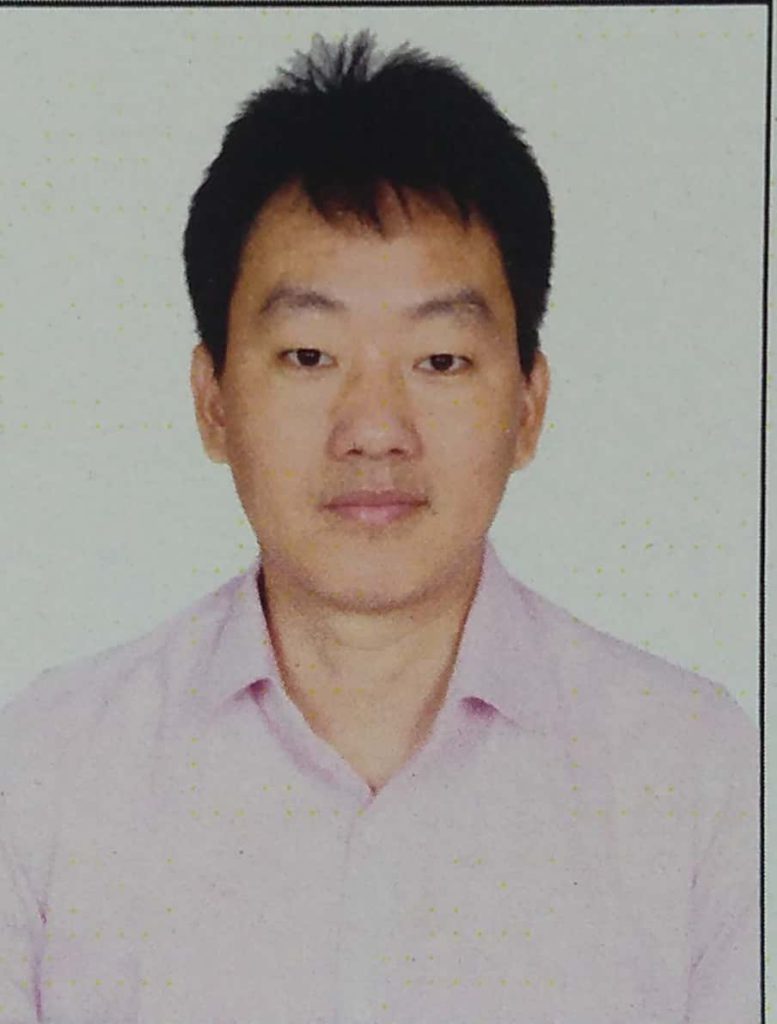Fundamentals of Microbiology
Course Attendees
Still no participant
Course Reviews
Still no reviews
Course Name : Fundamentals of Microbiology
Code(Credit) : FSHM 1107 (2-1-0)
Course Objectives
- To impart knowledge on aquatic microorganisms with reference to their role in the aquatic environment and bioprospecting.
To impart knowledge of the basic principles of bacteriology, virology, pathogenic microorganisms, pathogenesis, laboratory diagnosis.
To acquire requisite skill in the use and care of basic microbiological equipment; performance of basic laboratory procedures in microbiology.
Learning Outcomes
- Demonstrate an understanding of the structure and function of bacterial cells and viruses.
Students will be able to explain the processes used by microorganisms for their replication, survival, and interaction with their environment, hosts, and host populations;
Students will know the theoretical basis of the tools, technologies and methods common to microbiology.
Course Syllabus
Theory
Milestones in microbiology.Contributions of Leeuwenhoek, Louis Pasteur, Robert Koch,Alexander Flemming, Joseph Lister, Winogrdasky. Microscopy- Principle and constructionofBrightfield, dark field, phase contrast, stereo, SEM and TEM. Microbial taxonomy –Bergy’s andmolecular taxonomy Types of Microorganisms: Prokaryotes– Morphology and ultrastructure ofbacterial cell. General features, types and importance of viruses, cyanobacteria, actinomycetes,archae, mycoplasma, rickettsiae. Eukaryotes – Diagnostic features and importance of fungi andprotozoa. Microbial Techniques - Types of media, types of sterilization - physical and chemicalagents, cultivation of microorganisms, staining techniques – simple, differential, structuralstaining; enumeration of micro-organisms, culture preservation methods. Bacterial metabolism:Nutrient requirements, nutritional types, bacterial photosynthesis and their ecological significance.Microbial growth: Growth phases, measurement of cell growth, factors affecting growth- influenceof physico-chemical factors - pH, temperature, moisture, light, osmotic pressure, fermentation- types and significance. Microbial genetics- general principles, genetic recombination,transformation, transduction and conjugation.Plasmids- types and their importance. Mutation–types and significance. Microbial ecology: Introduction and types of interaction, extremophilesand their significance.
Aquatic Microbiology:Introduction and scope of aquatic microbiology, aquatic environmentas habitat for microorganisms - bacteria, cyanobacteria, fungi, algae, parasites and viruses;distribution of microorganisms and their biomass in rivers, lakes, sea and sediment. Influenceof physical, chemical and biological factors on aquatic microbes. Microbial biofilms.Role ofmicrobes in the production and breakdown of organic matter.Role of microbes in sedimentationand mineralization process. Nutrient cycles-carbon, nitrogen, sulphur, phosphorus, iron, andmanganese cycles. Sewage microbiology, self purification in natural waters, sewage treatment,drinking water microbiology, sanitary quality of water for aquaculture, bioremediators.Economicsignificance of aquatic microbes.
Practical
Handling of microscopes, Wet mount, smear and hanging drop preparations Micrometry-Determination of size of micro organisms (ocular, stage micrometers). Tools and techniquesin sterilization methods:Filteration, dry heat, moist heat, chemical agents Cultivation technique:Media preparation, Isolation -pure culture, subculture. Observation of fungi, blue-green algae,and protozoans.Staining techniques for bacteria– simple, differential, structural and Biochemicaltests: Indole, methyl red, VogesProskauer, citrate test, oxidase test, catalase tests. Collectionof water and sediment samples for microbiological analysis, Winogradsky cylinder, Isolation,identification and enumeration of various groups of microorganisms from different water bodiesincluding aquaculture systems.
Study of bacteria involved in nutrient cycles. Biofilms, water testing for potability, enumeration of coliform. Antibiotic sensitivity of bacteria - antibiotic sensitivity test – disc diffusion method.
References
Brock Biology of Micro organisms - Michael T.Madigan, John M.Martnko, Jack Parker
Microbiology ----Lancing M.Prescott, John P Harley, Donald A. Klein
Microbiology – Michel J plelczar /Jr.E.C.S.Chan, Noel R.Krieg
Microbiology essentials and applications ---Larry Mc Kane / Judy Kandel
Fundamentals ,principles of bacteriology --- A.J.salle
General Microbiology --Hans G.Schlegel
Microbiology –A laboratory manual ----------James G.Cappuccine, Netelie Sherman
Session Plan
Session 1
Session 2
Session 3
Session 4
Session 5
Session 6
Session 7
Session 8
Session 9
Session 10
Session 11
Theory 11: Microbial Techniques
PDF link: FM ppt-11
Video link:Bacteria preparation- hanging drop method
Session 12
Theory 12: Microbial Techniques- Types of microbiological media and their preparations
PDF link: FM ppt-12
Video link:Bacterial culture media
Session 13
Theory 13: Microbial Techniques- Sterilization methods - Physical and Chemical
PDF link: FM ppt-13
Video link:Sterilization
Session 14
Theory 14: Microbial Techniques- Isolation of pure culture
PDF link:Pure culture isolation
Session 15
Session 16
Session 17
Session 19
Session 20
Theory 20: Aquatic Microbiology- Aquatic microorganisms-Bacteria, Cyanobacteria, fungi
PDF link: FM ppt-20
Video link:Aquatic microbiololgy
Session 21
Theory 21: Aquatic Microbiology- Aquatic algae, parasites, and viruses
PDF link: FM ppt-21
Video link:Microorganisms
Session 22
Theory 22: Aquatic Microbiology- Influence of physical, chemical and biological factors on aquatic microbes
PDF link: FM ppt-22
Video link:Factors affecting bacterial growth
Session 23
Theory 23: Aquatic Microbiology- Microbial bio-film
PDF link: FM ppt-23
Video link:Bio-film formation
Session 24
Theory 24: Aquatic Microbiology- Role of microbes in sedimentation and mineralization process
PDF link: FM ppt-24
Video link:
Mineralization process
Session 25
Theory 25: Aquatic Microbiology- Nutrient cycles: Carbon, Nitrogen, Sulphur
PDF link: FM ppt-25
Video link:Nutrient cycles
Session 26
Theory 26: Aquatic Microbiology- Nutrient cycles: Phosphorus, iron and manganese cycles
PDF link: FM ppt-26
Video link:Phosphorus cycle
Session 27
Theory 27: Aquatic Microbiology- Sewage microbiology
PDF link: FM ppt-27
Video link:Wastewater microbiology
Session 28
Session 29
Theory 29: Sanitary quality of water for Aquaculture
PDF link: FM ppt-29
Video link:Water quality parameters
Session 30
Session 31
Theory 31: Economic significance of aquatic microbes
PDF link: FM ppt-31
Session 32
Theory 32: Commercially important microbes
PDF link: FM ppt-32
Video link:Commercially important microbes
Case Studies
Case Studies
Our Main Teachers



Recent Comments